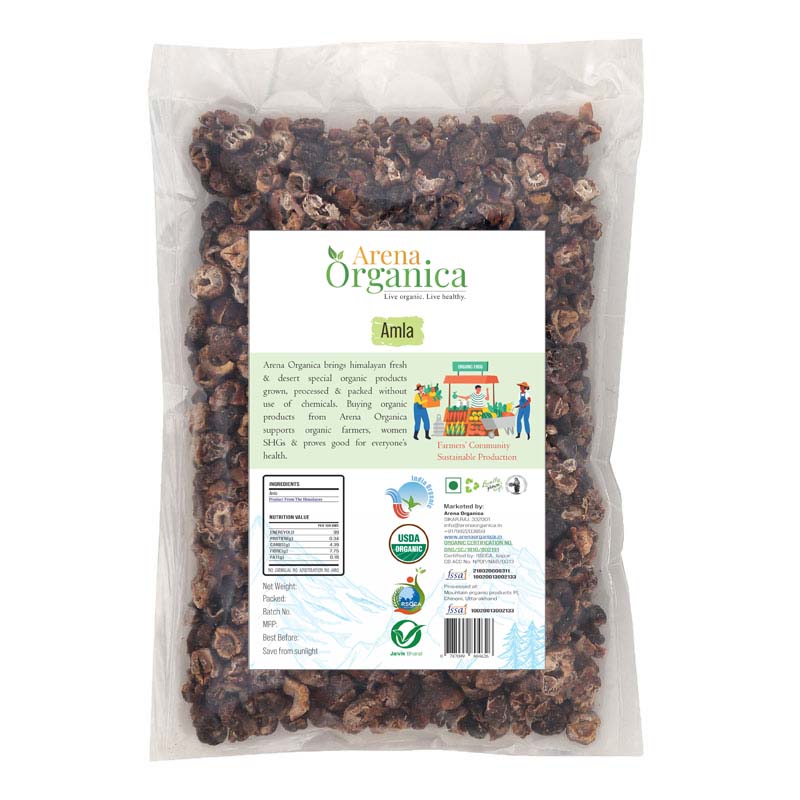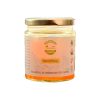Amla Whole(Dry)
Know Your Product(KYP)
Phyllanthus emblica, also known as Indian gooseberry or amla from Sanskrit amalaki is a deciduous tree . It has edible fruit, referred to by the same name.
Health Benefits
- It helps Fight Against Heart Disease
- Increases Diuretic & Metabolic Activity.
- Reduces Blood Sugar
- Slows Down Ageing
- Boosts Immunity
Methods of Use:
- Soak Amla in water overnight and drink the water the next morning (add some honey to change the taste).
- You can Crush the Amla (Dry) and take the powder with you anywhere, Drink it with water.
Know Your Product(KYP) (Continued)
Culinary use
Pratapgarh is one of the largest producers and suppliers of Indian gooseberries. In this region, the fruit is commonly pickled with salt, oil, and spices. The amla fruit is eaten raw or cooked into various dishes. In Pratapgarh, tender varieties are used to prepare dal (a lentil preparation), and amle ka murabbah, a sweet dish made by soaking the berries in sugar syrup until they are candied. It is traditionally consumed after meals.
In the Batak area of Sumatra, Indonesia, the inner bark is used to impart an astringent, bitter taste to the broth of a traditional fish soup known as holat.
Traditional medicine
In traditional Indian medicine, dried and fresh fruits of the plant are used. All parts of the plant are used in various Ayurvedic medicine herbal preparations, including the fruit, seed, leaves, root, bark and flowers. According to Ayurveda, amla fruit is sour (amla) and astringent (kashaya) in taste (rasa), with sweet (madhura), bitter (tikta) and pungent (katu) secondary tastes (anurasas). Its qualities (gunas) are light (laghu) and dry (ruksha), the post-digestive effect (vipaka) is sweet (madhura) and its energy (virya) is cooling (shita).
In Ayurvedic polyherbal formulations, Indian gooseberry is a common constituent, and most notably is the primary ingredient in an ancient herbal rasayana called Chyawanprash.







Reviews
There are no reviews yet.